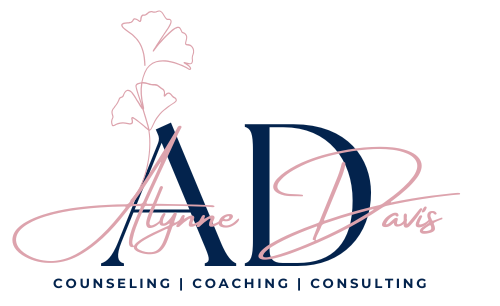Cognitive Behavioral Therapy Enhanced (CBT-E) for eating disorders is a specialized form of cognitive-behavioral therapy designed to help individuals with eating disorders, such as anorexia nervosa, bulimia nervosa, binge-eating disorder, and atypical eating disorders. Clinicians that use this treatment have to be trained in this approach through Oxford where it was originated and designed.
CBT-E is an evidence-based treatment approach that is tailored to the individual’s specific symptoms, behaviors, and underlying psychological factors that contribute to their eating disorder. The treatment typically involves weekly sessions with a trained therapist and may last anywhere from 20 to 40 sessions, depending on the case and the client’s needs. This treatment is not considered a long-term treatment and can be applied in an intensive form if the client is highly motivated and able to grasp the concepts rather quickly and apply them accordingly. This, of course, should be discussed with your clinician to see if the more intensive approach would be a good fit. Clients are also encouraged to be medically stable and cleared by their physician before starting treatment.
The main components of CBT-E for eating disorders include:
- Psychoeducation: Clients are educated about the nature of their eating disorder, its causes, and the consequences of continuing the behavior. They also receive “homework” at times to further their learning outside of the treatment office as well as nutritional education around fear foods, dietary myths, carbohydrates, set point theory, health at every size, and many other important topics that are affected by an eating disorder.
- Behavioral monitoring: Clients keep a record of their eating habits, thoughts, and feelings related to food and their body. This does not include any calorie or macro counting, it is just a tool to help the client become the investigator and expert on their eating disorder. It helps with understanding how the eating disorder influences their life, and what “triggers” lead to the use of the behavior(s) of the disorder. It also is used for accountability and insight into the eating that clients do in a more intentional way rather than mindlessly which leads to more overwhelm and feelings of being out of control.
- Regular weighing: Clients are weighed weekly to monitor their progress and identify any changes in their weight. *This can be adjusted to the client’s needs but is ultimately the goal to weigh face forward and experience the scale in treatment to lower the risk for use of this tool in a disordered way and challenge cognitive distortions about the number. It also helps the clients to trust their bodies as they are making important changes to food intake and behaviors.
- Regular meals: Clients are encouraged to eat regular, balanced meals and to avoid skipping meals or engaging in restrictive eating behaviors. This is taught right away to help the client to get results more rapidly, especially with stopping purging and binging cycles. This also is important in the early phase of recovery to help with retraining the hunger and fullness cues that have become sporadic at best if not disappeared altogether during the course of the eating disorder. This again will eventually allow the client to regain trust in their bodies and sensations in order to listen to its cues and hopefully lead to a more intuitive approach to eating in the long term of their recovery.
- Cognitive restructuring: Clients are taught to identify and challenge negative thoughts and beliefs about their body, weight, and food. They are taught key tools to cope with unhelpful thinking styles and put these thoughts on trial so they can fact-check them. This is a very important part of the treatment that contributes to the rewiring of the brain that occurs with the use of these tools and skills over time.
- Exposure and response prevention: Clients are gradually exposed to fearful foods, situations, or triggers, and are taught coping skills to manage their anxiety or discomfort. Clients are taught about distress tolerance and learning ways to manage the urges to use behaviors in a helpful and healthier fashion. Clients are encouraged to use these tools as well with all the feelings that arise from the recovery that they may never have experienced before.
- Relapse prevention: Clients learn how to maintain the progress made during therapy and to identify potential triggers or warning signs of relapse. In the final phase of this treatment, a relapse prevention plan will be established as well as tapered sessions. This is so that the client feels empowered and confident in maintaining their recovery on their own and how to get back on course right away if there are lapses that occur in their future.
Follow this link to the official training site for more information https://www.cbte.co/for-the-public/how-to-know/
